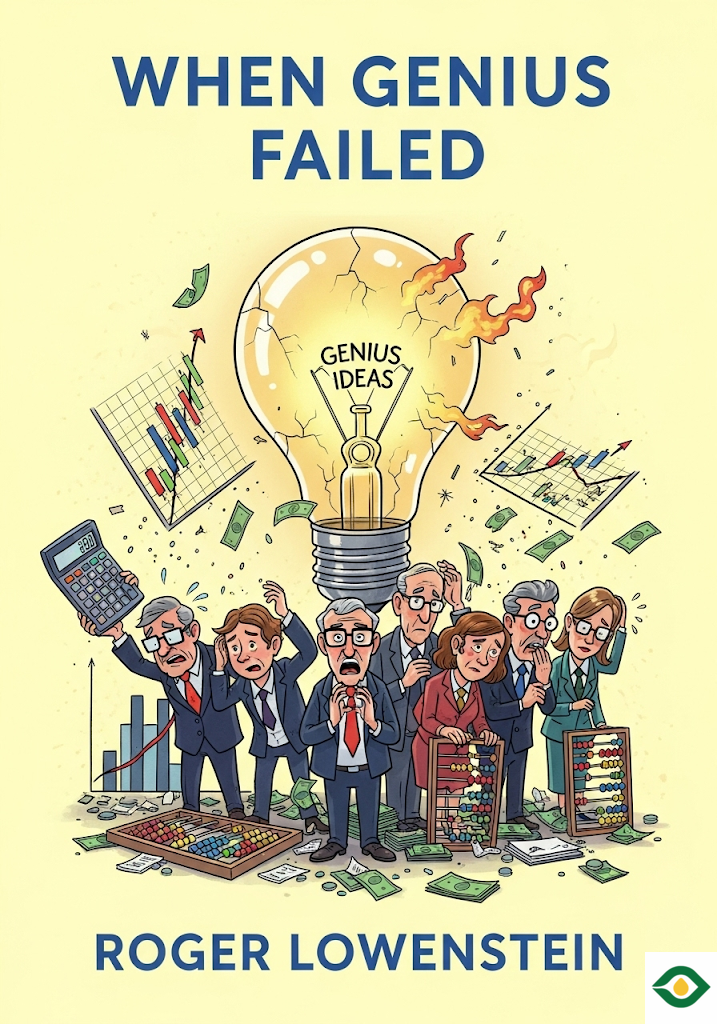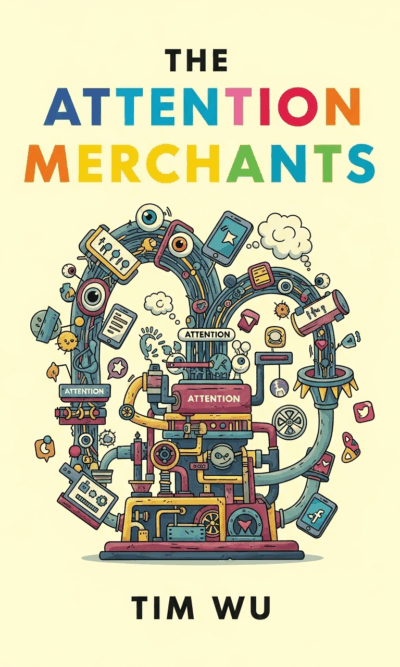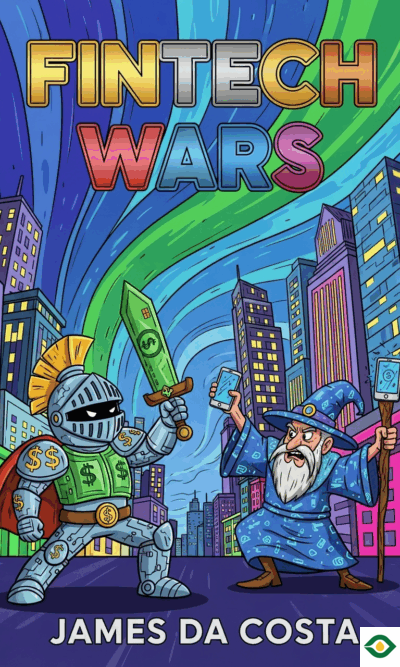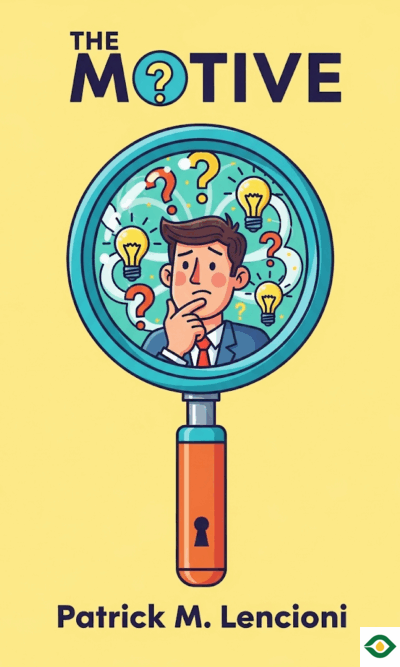Description
In the 1990s, a hedge fund called Long-Term Capital Management (LTCM) became one of the most powerful names in finance. It was founded in 1994 by John Meriwether, a famous Wall Street trader. At first, the company was seen as unstoppable. Its founders promised a clever new way of making money, and investors believed them. For a few years, the fund earned huge profits, but pride and overconfidence eventually led to disaster.
To understand why LTCM mattered, we first need to know how it worked. Hedge funds are private pools of money collected from rich investors. Unlike mutual funds, hedge funds face very few regulations. That means they can invest almost anywhere and use riskier strategies. LTCM specialized in something called arbitrage. This meant buying and selling similar assets in different places to make money from small differences in price. The team used complex math formulas and fast computer systems to spot these tiny opportunities before others could. At first, this strategy seemed brilliant.
The fund grew rapidly. It attracted big banks and wealthy individuals who wanted in on the action. What made LTCM especially attractive was the people behind it. The company hired some of the most famous economists in the world, including Nobel Prize winners Myron Scholes and Robert Merton. Investors thought that with so much brainpower, the fund was practically risk-free. In reality, it was the opposite.
The biggest reason LTCM could earn huge returns was leverage. Leverage means borrowing money to increase the size of your bets. If you invest million of your own money and borrow million more, your total investment becomes million. If things go well, your profit is enormous. But if things go badly, the losses are crushing. LTCM borrowed massive amounts of money—sometimes 25 or 30 times more than what it actually owned. This meant that even small mistakes could turn deadly.
For a while, everything looked perfect. LTCM was bigger than any rival hedge fund. In fact, it controlled more assets than giant banks like Lehman Brothers and Morgan Stanley. Banks competed to lend it money, believing it was safe. The fund became a symbol of financial success.
But cracks began to appear during the 1997 Asian financial crisis. Countries like Indonesia and South Korea faced currency collapses and economic chaos. Investors around the world rushed to sell risky assets and buy safe government bonds. LTCM’s models, however, told them to do the opposite. They doubled down on risky bets, convinced that the panic would soon pass. Instead, the markets kept falling. The fund lost money, but its managers trusted their formulas and refused to change course.
The problem with LTCM’s approach was that it assumed people always behave rationally. In theory, markets eventually return to normal after a shock. In practice, fear and panic often drive decisions. Investors sell not because it makes sense mathematically, but because they are scared. The fund’s models ignored this basic truth about human nature.
Then came 1998, the year everything unraveled. Russia shocked the world by defaulting on its government bonds and devaluing its currency. Investors fled from risky assets. Markets went into chaos. For LTCM, the losses were beyond anything they had imagined. Their models had said the chance of losing everything in one year was close to zero, almost impossible. Yet they lost hundreds of millions of dollars in a single day.
The scale of their borrowing now turned against them. LTCM owed enormous sums to banks all over the world. To survive, they needed to sell their investments quickly. But nobody wanted to buy. Their assets were suddenly worthless, and the fund’s collapse threatened to spread across the entire global financial system. By the end of August 1998, LTCM had lost nearly half its capital. It was drowning in debt, with no way out.
The banks that had lent money to LTCM were now terrified. If the hedge fund collapsed, they too would face huge losses. Worse, the failure of such a large institution could trigger a chain reaction, threatening the entire financial system. The U.S. Federal Reserve realized that the collapse of LTCM might cause a global crisis. To avoid this, they stepped in and organized a rescue.
A group of major banks agreed to inject money into the fund to keep it alive long enough to unwind its trades. In exchange, they took control of LTCM’s operations. The rescue prevented a wider financial meltdown, but it also revealed how fragile the system was. A single hedge fund, run by a small group of people, had nearly brought down the global economy.
Even more shocking, many of the fund’s leaders walked away with their personal wealth intact. John Meriwether and others kept their homes and fortunes. Within a few years, some of them even started new hedge funds. Meanwhile, ordinary investors who had put faith in LTCM lost most of their money.
The rise and fall of LTCM is a lesson in arrogance. The fund’s managers believed their formulas could eliminate risk. They believed that markets always behaved in predictable ways. They believed they were smarter than everyone else. For a while, it looked like they were right. But in the end, they were wrong. Markets are not machines. They are made of people, and people are not rational. Fear, greed, and panic drive decisions in ways that no formula can ever fully capture.
The story of LTCM also reminds us about the danger of too much leverage. Borrowing multiplies gains, but it also multiplies losses. When you are betting with money you don’t have, the smallest mistake can destroy everything. Banks that lent blindly to LTCM learned this lesson the hard way. They trusted reputation and prestige instead of examining real risks.
Most of all, this story shows how overconfidence can blind even the smartest people. The academics and traders at LTCM believed they were invincible. They thought their intelligence set them above the market. Instead, they became victims of their own hubris. Like Icarus flying too close to the sun, they rose high, but their wings melted, and they crashed.
In the end, Long-Term Capital Management serves as a warning for investors, banks, and ordinary people alike. Intelligence and formulas can help, but they can never replace caution, humility, and an understanding of human nature. The market is not just numbers on a screen—it is a reflection of fear, greed, and unpredictability. And no matter how genius an idea seems, it can still fail.





